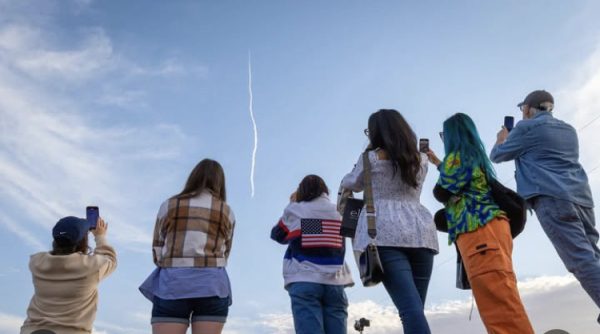The Chinese New Year
It may seem that after January 1st, all New Year celebrations have come to an end, but for those of Asian descent, the New Year’s celebration has just started. Many, in addition to celebrating the Gregorian New Year, also celebrate the Lunar New Year (this is the new year that is celebrated in the Chinese New Year).
The Chinese New Year is based on a lunisolar calendar, which is determined by the orbit of the moon, solar equinoxes, and solstices. The New Year celebrations last for fifteen days. The first day is the New Year and the last the Festival of Lanterns, also known as the Yuan Xiao Festival. On this day, lanterns decorate the streets in China, and families eat rice balls called “yuan xiao” or “tang yuan.” These rice balls symbolize unity in a family. The origin of the holiday started in the Shang Dynasty and had religious ties. It has lost most of its religious implications and has been replaced by pure enjoyment of the festivities and entertaining activities.
The origin myth about the Chinese New Year begins with a monster from the sea named Year, or Nian, that came on New Year’s Eve to devour crops, livestock, and sometimes villagers. One day, an old man declared that he knew how to defeat Nian. He spread the secret that Nian feared red, loud sounds and light. From then on, the villagers decorated their houses with red lanterns and couplets, a set of phrases that expresses hopes and wishes for the year. Firecrackers and fireworks were also used to scare the beast away. These traditions are still in practice.
Another popular belief related to the Chinese New Year and calendar is the Chinese zodiac signs. Each New Year represents the start of a new zodiac year. There is a traditional belief that one becomes another year older on New Year’s Day in China. This year, 2020, according to the Chinese calendar, is the year of the Rat. If you want to find out what Chinese zodiac sign you are, you can click here to find out!
Modern celebrations include family reunion dinners, giving the red envelope, and watching the Spring Festival Gala. Typical foods on family reunion dinner tables include fish, dumplings, and rice cakes. Each of these foods symbolizes prosperity and wealth. The red envelope is a small, red packet that holds money and is mainly given to children by older relatives and parents. The Spring Festival Gala is a variety show on CCTV, featuring traditional dances, songs, xiangsheng (comical plays), and other forms of entertainment.
Furthermore, the celebrations are not only contained in China. Many cities around the world hold public celebrations for the Chinese New Year as well. An Atlanta public celebration will be held on the 25th and the 26th at the Culture Center of Taipei Economic and Cultural Office. Traditional food will be served and performances will be held!
Your donation will help support The Lambert Post, Lambert High Schools student-run newspaper! Your contribution will allow us to purchase equipment and cover website hosting costs.







